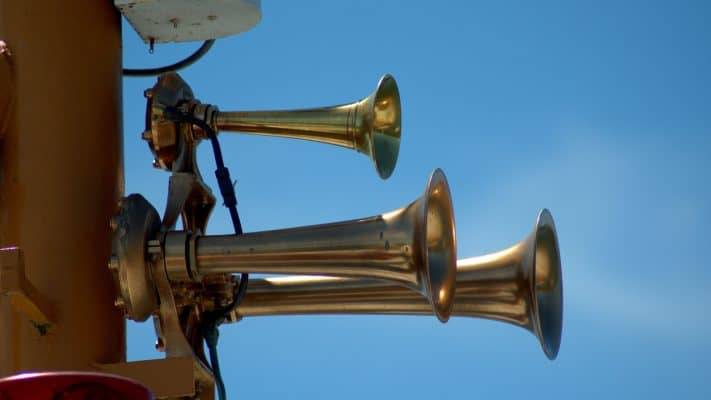Call: 1-800-832-7191
Boating Beeps and Blasts

Understanding Boating Beeps and Blasts: A Guide for Everyone
It is important to understand the Boating Beeps and Blasts. Boating is more than just steering and sailing, it’s also about communication. One of the most important ways boats “talk” to each other is through sound signals, often called beeps or blasts. These signals help prevent collisions and ensure safety on the water.
What Are Beeps and Blasts?
In boating terms, a “beep” or “blast” refers to a sound made by a boat’s horn or whistle. These sounds vary in length and number, and each pattern has a specific meaning. They’re especially useful in low visibility or when boats are approaching each other.
Common Sound Signals and Their Meanings
Here are a few key signals every boater should know:
- One short blast: “I am altering my course to starboard (right).”
- Two short blasts: “I am altering my course to port (left).”
- Three short blasts: “I am operating in reverse.”
- Five or more short blasts: “Danger or doubt.” This means something is wrong or unclear.
These signals are part of the International Regulations for Preventing Collisions at Sea (COLREGs).
When Are These Signals Used?
Sound signals are used in a variety of situations, such as:
- Passing another vessel
- Leaving a dock
- Navigating in fog
- Crossing paths in narrow channels
They’re not just for large ships—recreational boaters should use them too.
Why It Matters
Using sound signals correctly can prevent accidents and save lives. They’re a simple but powerful tool for safe navigation, especially in busy or low-visibility areas.
Final Thoughts
Whether you’re a seasoned sailor or a weekend boater, understanding beeps and blasts is essential. It’s not just about following rules—it’s about keeping everyone safe on the water. Did you like this blog? Learn more by visiting our Boaters Blog page. Check out this PDF from the United States Coast Guard.
